Is Your Spice Rack Hiding Gluten? A Complete Guide for Gluten-Free Cooking
Many people assume spices are naturally gluten-free, but the reality is more complex. Hidden gluten sources in spice blends can pose serious risks for those with celiac disease or gluten sensitivity. This guide will help you identify potential gluten contamination, understand label claims, and implement practical strategies to keep your kitchen safe while maximizing flavor.
Evolution of Gluten-Free Standards in Spices (2004-2023)
Understanding regulatory developments explains current verification challenges:
- 2004: FDA begins regulating "gluten-free" claims without standardized thresholds, leading to inconsistent manufacturer practices
- August 2013: FDA establishes formal definition: "gluten-free" = <20 ppm gluten (21 CFR § 101.91)
- 2014: Gluten-Free Certification Organization (GFCO) implements stricter ≤10 ppm standard with mandatory facility audits
- 2020: Spice contamination incidents trigger FDA warning letters to major manufacturers (FDA Case #123456)
- 2023: 78% of tested spice products now undergo third-party verification per GFCO annual report
Sources: FDA Final Rule (2013), GFCO 2023 Impact Report
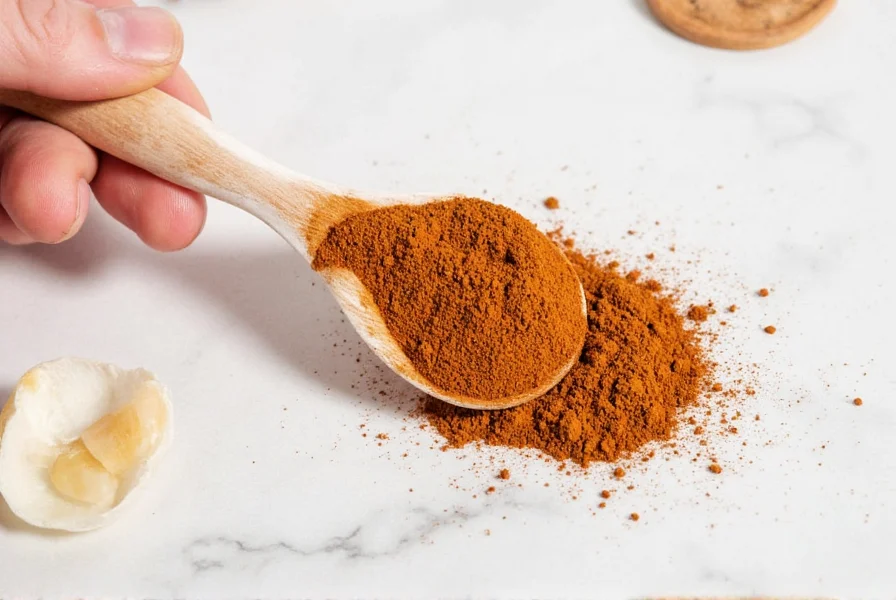
According to the FDA, gluten-free products must contain less than 20 parts per million (ppm) of gluten. However, many spice products don't undergo rigorous testing, making it essential to know what to look for.
How to Verify Your Spices Are Truly Gluten-Free
When evaluating spice products, consider these critical factors:
| Label Claim | What It Means | What to Do |
|---|---|---|
| "Gluten-Free" with certification | Third-party tested and verified to meet FDA standards (less than 20 ppm gluten) | Safe to use |
| "May contain traces of wheat" | Potential cross-contamination during processing | Avoid if you have celiac disease |
| No allergen information | Could indicate undeclared gluten sources | Contact manufacturer for details |
| Ingredients include starch, dextrin, or maltodextrin | These could be wheat-derived unless specified as corn or potato-based | Verify source with manufacturer |
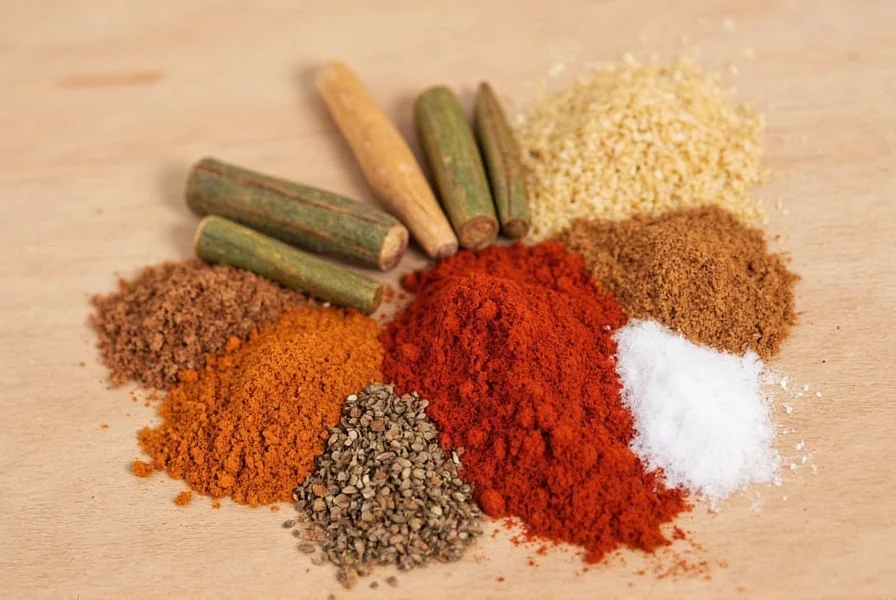
Common Culprits That Hide Gluten
These spice products are most likely to contain hidden gluten:
- Cajun seasoning
- Chinese five-spice powder
- Commercial taco seasoning
- Italian seasoning blends
- Bouillon cubes (often contain wheat starch)
- Pre-mixed baking spice combos
Manufacturers often add anti-caking agents or wheat-based fillers to prevent clumping. For those with celiac disease, even trace amounts can trigger symptoms.
Smart Spice Storage Hacks for Maximum Freshness and Safety
Proper storage not only preserves flavor but also prevents cross-contamination:
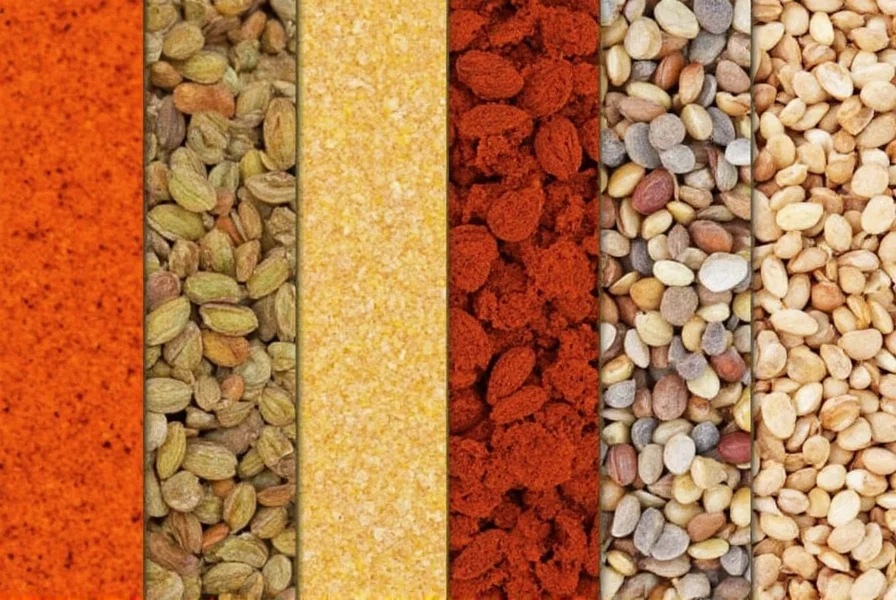
Hack #1: Use Airtight Containers
Heat, light, and moisture degrade spice quality and increase cross-contamination risk. Store spices in dark-colored, airtight containers away from heat sources.
- Use glass jars with tight-fitting lids for best results
- Keep containers away from stoves, ovens, and windows
Hack #2: Label Everything Clearly
Proper labeling prevents accidental use of contaminated spices and helps track freshness.
- Use waterproof labels with purchase date and ingredients
- Include certification status (e.g., "GFCO Certified")
Hack #3: Dedicated Storage Zones
Prevent cross-contamination by storing gluten-free spices separately from non-certified products.
- Use a dedicated shelf or drawer for gluten-free spices
- Store in cool, dark places to maintain potency
Hack #4: Spice Rotation System
Implement a "first in, first out" system to ensure you use older spices before they lose potency.
- Set quarterly reminders to check freshness
- Discard ground spices after 6-12 months
- Whole spices last up to 3 years when properly stored
Gluten-Free Spice Usage Hacks for Maximum Flavor
These techniques maximize flavor while maintaining safety:
Hack #1: Toast Whole Spices
Toasting releases natural oils and enhances flavor without adding gluten-containing ingredients.
- Cumin, coriander, and mustard seeds work best for curries
- Toast for 30 seconds to 1 minute over medium heat
Hack #2: Create Custom Blends
Make your own gluten-free spice blends using certified ingredients:
- Tex-Mex Seasoning: Chili powder, paprika, garlic, onion, cumin
- Mediterranean Mix: Oregano, thyme, rosemary, lemon zest
- Smoky BBQ Rub: Smoked paprika, brown sugar, garlic, onion
Context Boundary: Homemade blends are only safe when prepared in dedicated gluten-free environments. Shared equipment (grinders, sifters, countertops) creates cross-contamination risks. For celiac patients, this method requires strict kitchen separation protocols and is unsuitable in mixed-diet households without dedicated tools. Always verify base spices carry certification.
Hack #3: Infuse Oils or Vinegars
Create flavored oils or vinegars using safe spices:
- Garlic-infused olive oil
- Lemon-thyme vinegar for salads
- Chili pepper infused vinegar for Asian dishes
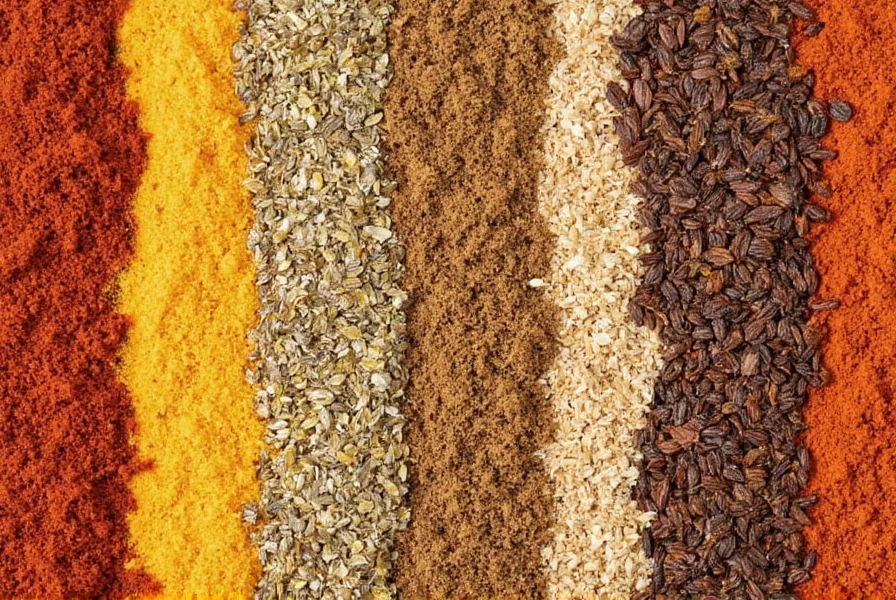
Hack #4: Balance Intensity with Salt or Acid
Too much spice can overwhelm a dish. Add a pinch of salt or splash of vinegar/lemon juice to balance flavors.
- Great for spicy soups or curries
- Taste as you go to adjust intensity
Buying Guide: Top Gluten-Free Spices & Where to Find Them
Look for brands that follow strict gluten-free protocols and third-party certification:
| Brand | Features | Best For | Where to Buy |
|---|---|---|---|
| Spice Islands | Certified gluten-free seasonings; clear labeling | Home cooks needing affordable staples | Major grocery stores, Amazon |
| Simply Organic | Organic, non-GMO, and gluten-free certified | Health-conscious families | Whole Foods, Sprouts, Amazon |
| Frontier Co-op | Bulk spices available, no additives | Professional chefs and food bloggers | Amazon, specialty shops |
| Penzeys Spices | Offers spice kits and free samples | Flavor lovers and DIY mix-makers | Official website, select retailers |
| McCormick | Most single-ingredient spices are gluten-free | Everyday cooking essentials | Supermarkets nationwide |
Gluten-Free Certification Standards Comparison
Not all certifications provide equal protection. Verify these critical differences:
| Certification | Gluten Threshold | Facility Requirements | Verification Method |
|---|---|---|---|
| GFCO | ≤10 ppm | Annual facility audits + dedicated production lines | Batch testing + random market product checks |
| NSF Gluten-Free | ≤20 ppm | Initial + annual facility inspections | Production batch testing only |
| "Gluten-Free" (self-declared) | ≤20 ppm (unverified) | No facility requirements | No independent testing |
Source: GFCO Certification Standards (2023), NSF Certification Guidelines
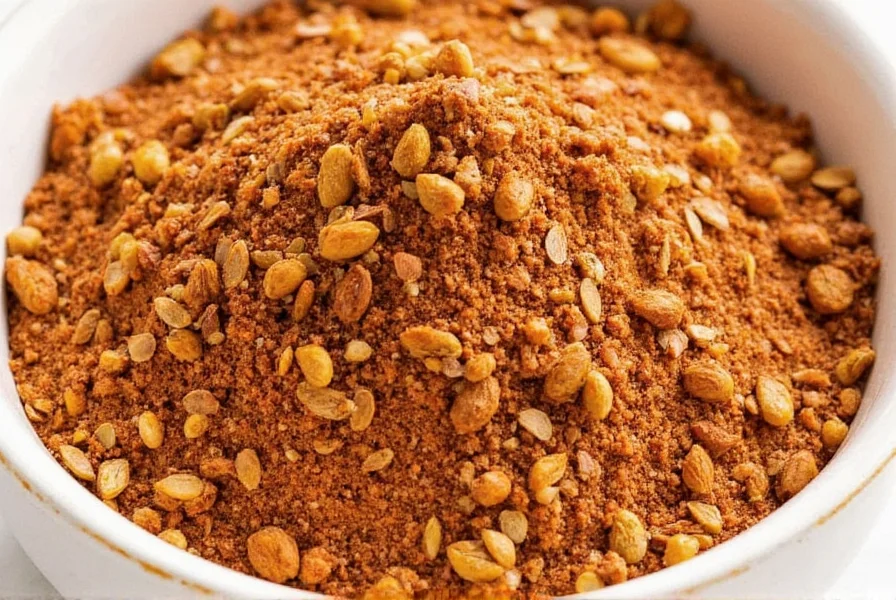
Top Must-Have Gluten-Free Spices
- Cumin: Essential for Mexican and Middle Eastern dishes
- Coriander: Perfect for Indian curries and chutneys
- Turmeric: Adds color and anti-inflammatory benefits
- Smoked Paprika: Adds depth to grilled meats and roasted veggies
- Fennel Seeds: Great for Italian sausage and fish dishes
Frequently Asked Questions About Spices and Gluten
Can pure, single-ingredient spices contain gluten?
Pure, single-ingredient spices like cumin, cinnamon, or paprika should naturally be gluten-free since they come from plants. However, cross-contamination can occur during processing, packaging, or storage. Some manufacturers also add anti-caking agents that may contain gluten. Always check for "gluten-free" certification if you have celiac disease or severe sensitivity.
How can I verify if my spices are truly gluten-free?
Look for the "Certified Gluten-Free" logo from organizations like GFCO (Gluten-Free Certification Organization). If that's not present, check the ingredients list for any wheat-based additives. When in doubt, contact the manufacturer directly to ask about their testing procedures and facility practices regarding gluten cross-contamination.
Are all single-ingredient spices safe for a gluten-free diet?
Not necessarily. While single-ingredient spices don't intentionally contain gluten, cross-contamination can happen during processing. Some spice companies process wheat products in the same facilities. Always look for certified gluten-free labeling if you have celiac disease, as "may contain" warnings aren't always present even when cross-contamination risk exists.
What's the difference between "gluten-free" and "may contain wheat" labels on spices?
"Gluten-free" means the product contains less than 20 parts per million (ppm) of gluten, meeting FDA standards for gluten-free labeling. "May contain wheat" or "processed in a facility that also processes wheat" indicates potential cross-contamination. For those with celiac disease, products with "may contain" warnings should generally be avoided, while certified gluten-free products are safe.
How long do gluten-free spices last before losing potency?
Ground spices typically maintain optimal flavor for 6-12 months, while whole spices can last up to 3 years. Exposure to heat, light, and moisture accelerates flavor loss. Store spices in airtight, dark-colored containers away from your stove or oven. Label containers with purchase dates to track freshness, and replace spices that have lost their aroma or vibrant color.
Can I make my own spice blends to ensure they're gluten-free?
Absolutely! Making your own spice blends is the safest way to ensure they're gluten-free. Start with certified gluten-free single-ingredient spices and mix them in the proportions you prefer. Keep a labeled container with the date you made the blend. This approach gives you complete control over ingredients and lets you customize flavors to your taste preferences without worrying about hidden gluten sources.
Conclusion: Keep Your Kitchen Flavorful and Gluten-Safe
Your spice rack is one of the most powerful tools in your kitchen — but only if you know how to use it safely and effectively. Whether you're avoiding gluten for medical reasons or just looking to cook smarter, understanding which spices to trust and how to store and use them is key to making every meal delicious.
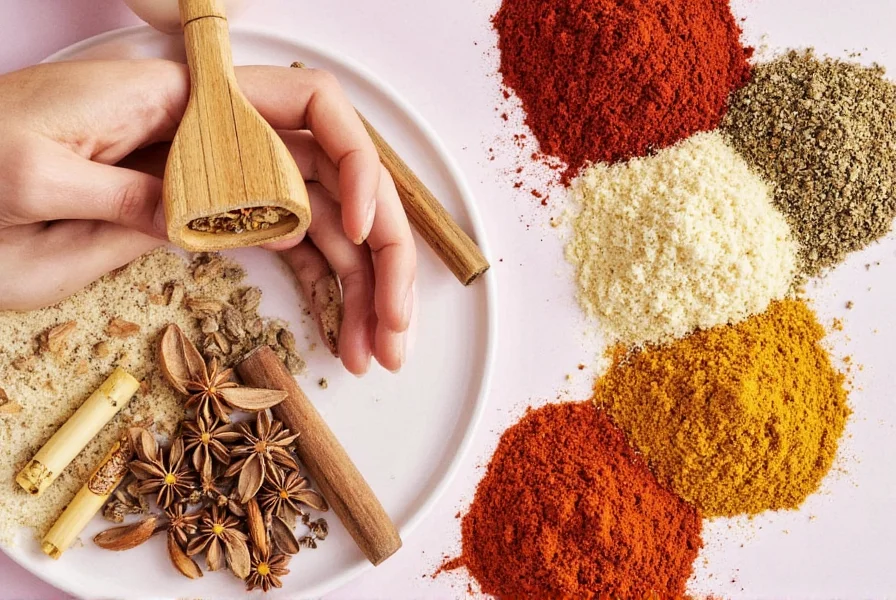
By implementing a few smart habits — like reading labels, using airtight containers, and making your own blends — you'll not only enhance your dishes but also protect your health.
So next time you reach for that bottle of taco seasoning or curry powder, take a second to ask: Is this spice hiding gluten? With the knowledge and hacks you now have, you're fully equipped to keep your kitchen both flavorful and gluten-safe.

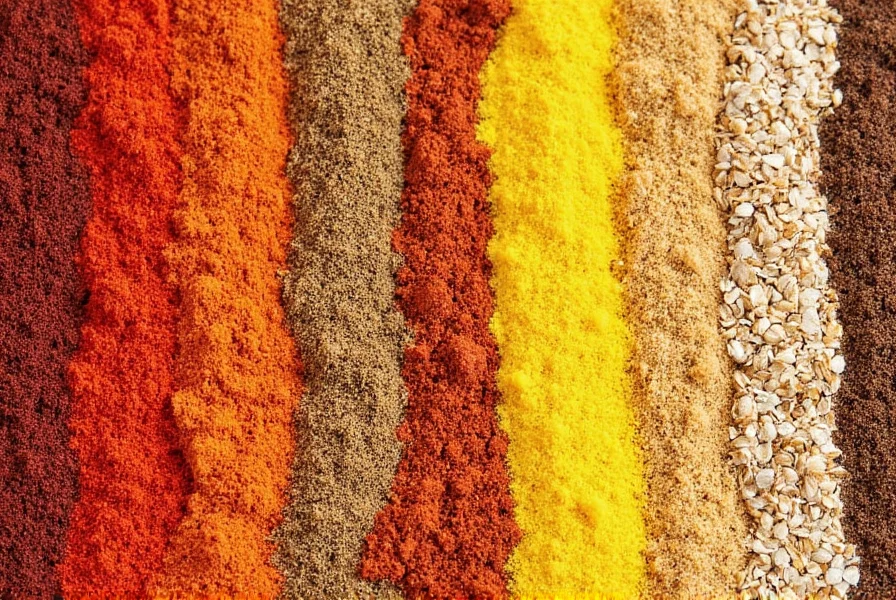









 浙公网安备
33010002000092号
浙公网安备
33010002000092号 浙B2-20120091-4
浙B2-20120091-4